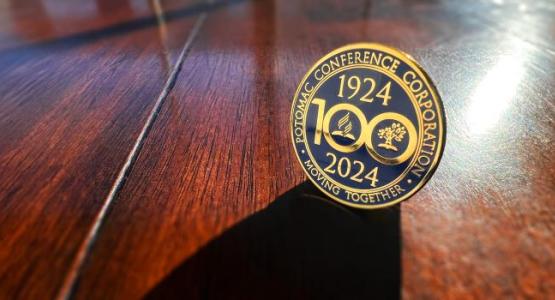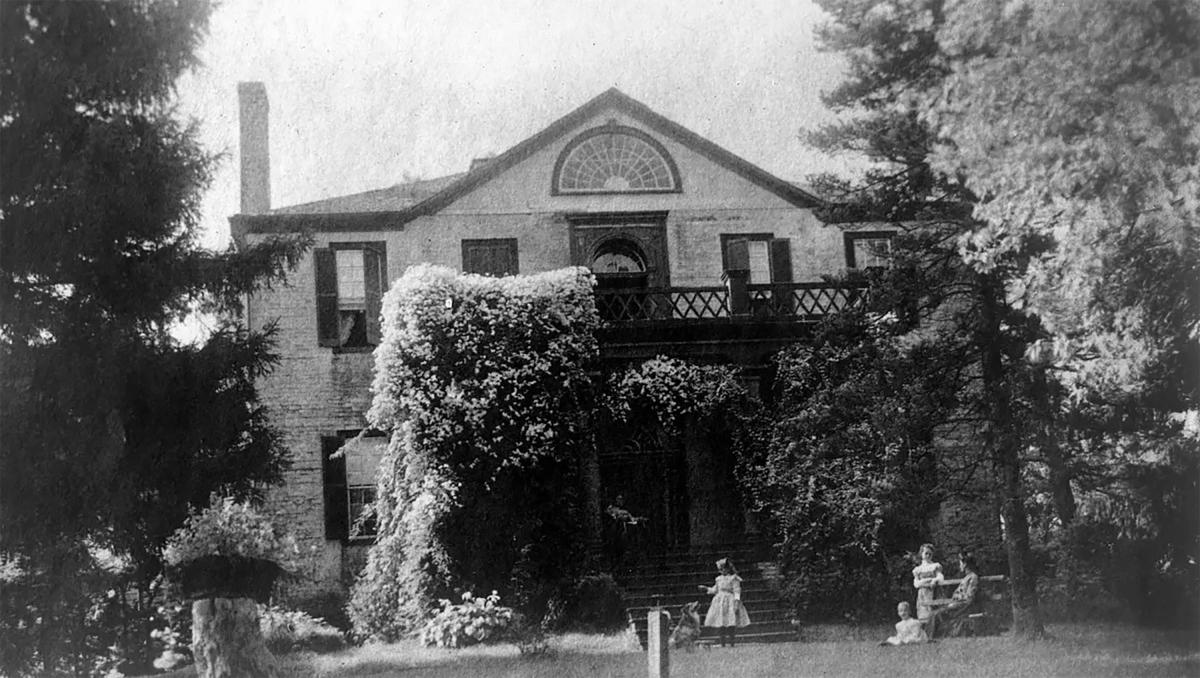
Potomac Conference: A Century of Growth
 Story by Debra Anderson
Story by Debra Anderson
It was a historic moment in April 1924, when the Virginia Conference, with 21 churches and 677 members, and the District of Columbia Conference, with 12 churches and 1,523 members, combined to form the Potomac Conference. At its beginning, Potomac had 33 churches, 2,200 members and 14 ministers.
Over the next 20 years, the conference experienced remarkable growth. The initial decade saw the organization of 11 new churches and the addition of 1,038 members. The subsequent 10 years witnessed even more significant expansion, with
12 new churches and an impressive 2,919 new members. Evangelistic meetings conducted by H.M.S. Richards and George Vandeman at the newly constructed Sligo church in Takoma Park, Md., contributed to a surge in membership by 2,698, leading to the formation of 19 new churches.
Responding to the burgeoning membership, President Howard J. Detwiler (1942–1951) initiated a strategic plan to build new churches. The conference matched every dollar raised by local congregations, resulting in the construction of 29 new church sanctuaries. By 1954, the conference, covering Washington, D.C., a portion of Maryland, and all of Virginia, boasted 63 churches, 11 companies and more than 8,000 members.
With growth came the need for a more centrally located headquarters. In 1954, the conference moved from Washington, D.C., to Staunton, Va., purchasing a 12-acre property housing the historic Gaymont Mansion. The mansion and an adjacent three-car garage were transformed into offices, and additional houses were built for staff. In 1980, the mansion was torn down and replaced with a new, three-story office building.
As the Potomac Conference celebrates its centennial, it serves as a testament to God’s providence. The remarkable growth of the conference is clear from the numbers: more than 39,000 members, 194 congregations, 110 pastors and 16 schools. Evangelism continues to be the primary focus of its mission, with a recent emphasis on inno- vative outreach—“Moving Beyond the Walls”—that extends beyond traditional church structures.
Under the theme "Moving TOGETHER," President Charles A. Tapp expresses the conference's commitment to unity among its diverse population: “One of the greatest strengths of the Potomac Conference is its diversity. True unity in Christ is best exemplified through diversity.
In addition to its churches, Potomac Conference operates educational institutions,
such as Shenandoah Valley Academy and Takoma Academy. Camp Blue Ridge, nestled in the Blue Ridge Mountains, provides a serene 276-acre space for families and youth, while LivingWell, a health food store in Silver Spring, Md., promotes well-being.
As Potomac Conference steps into its next century, the theme of unity, growth and community impact resonates, signifying a journey that ventures into realms beyond the conventional boundaries of traditional church settings.
Visit pcsda.org for more information on the activities that will highlight this year’s centennial celebration.

Add new comment